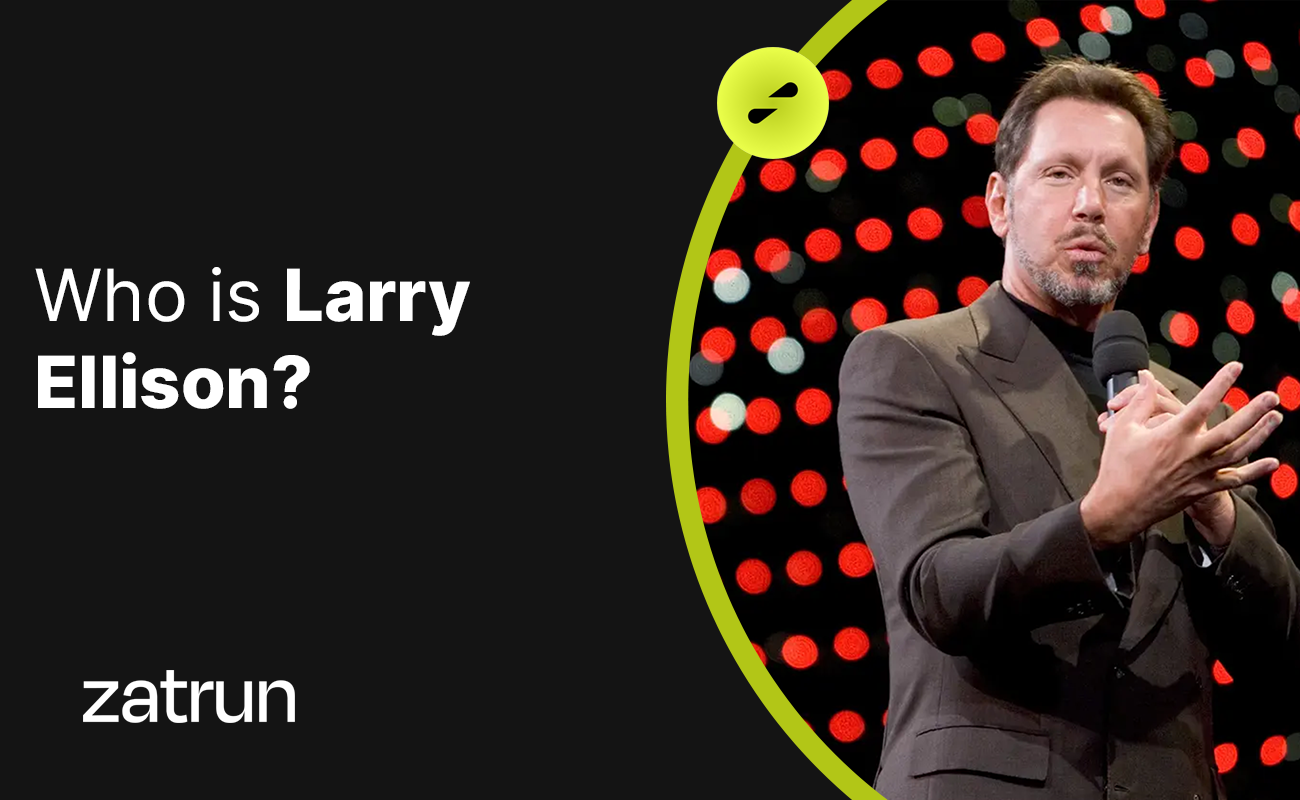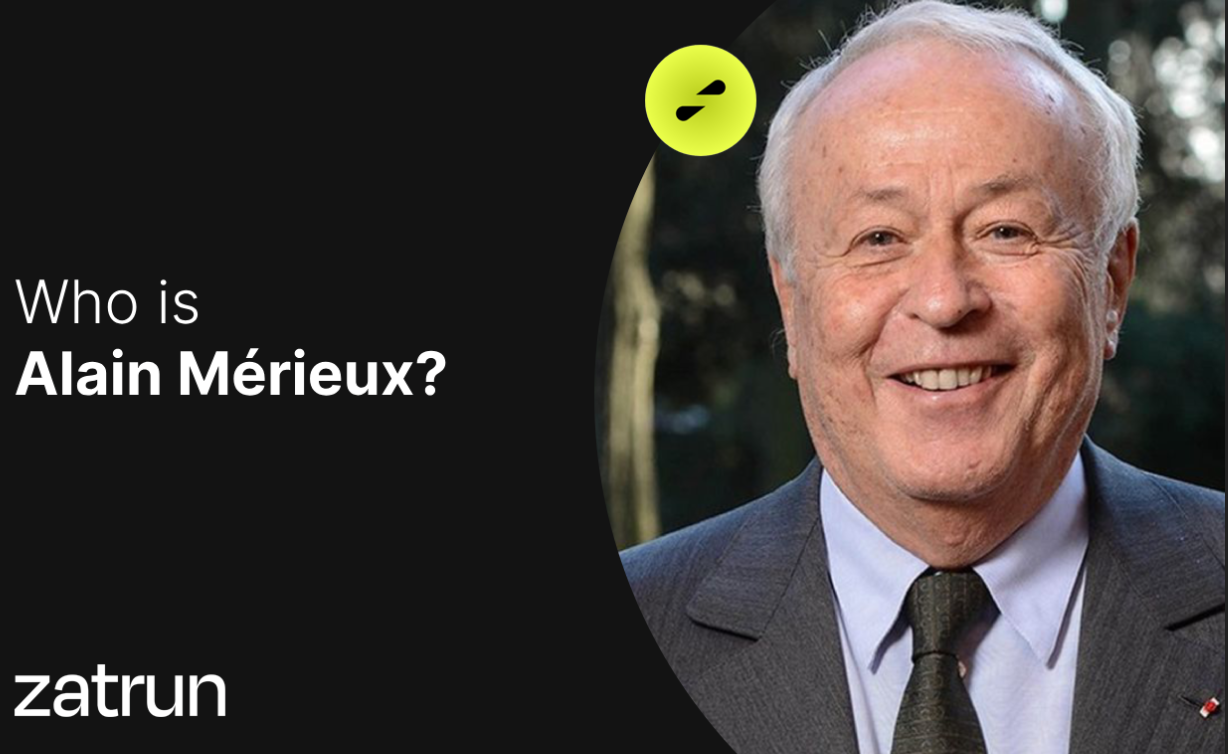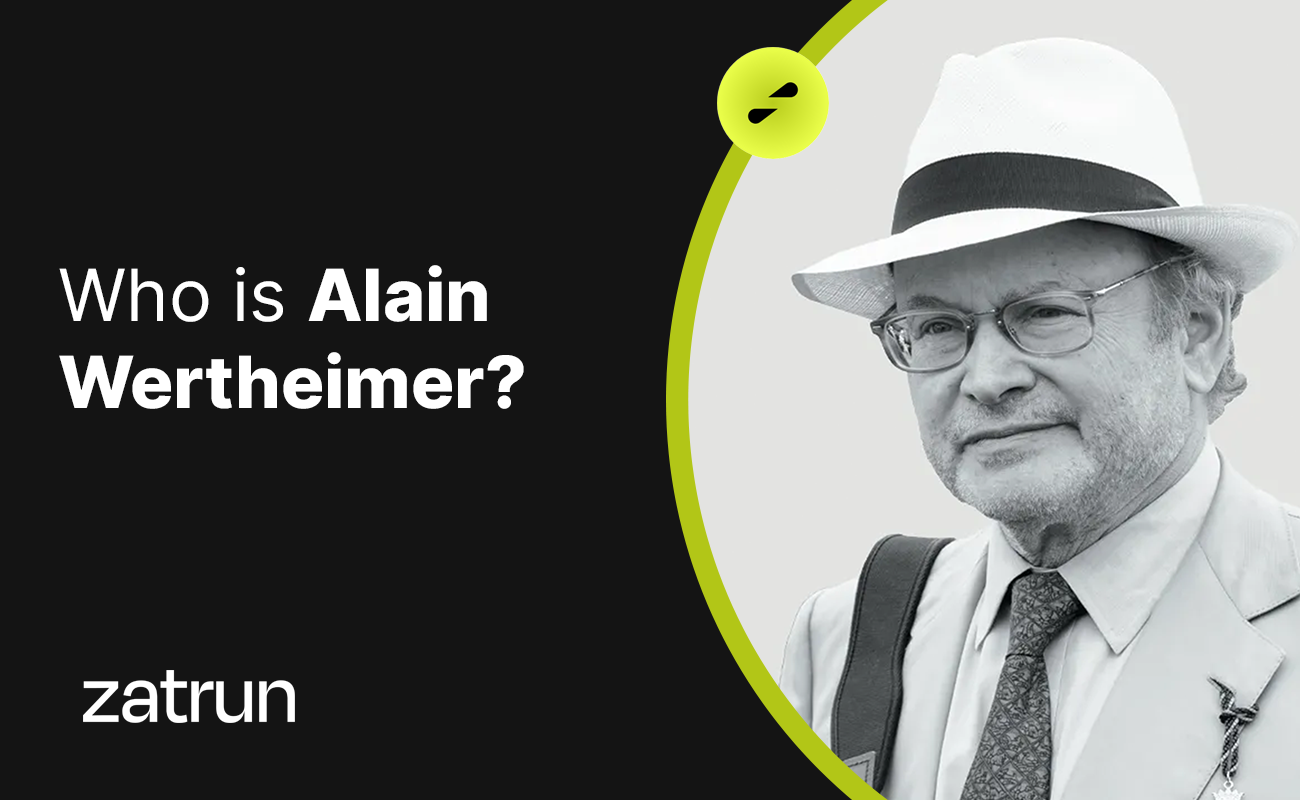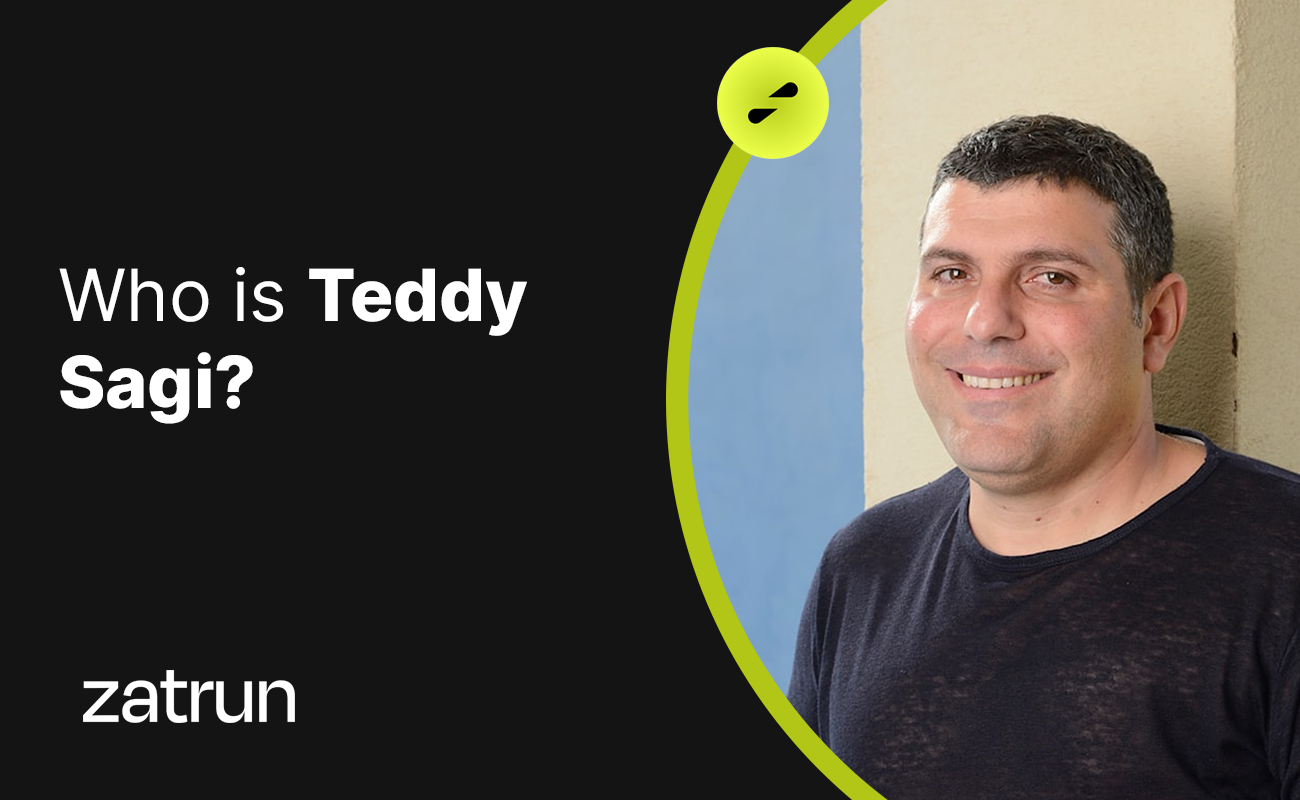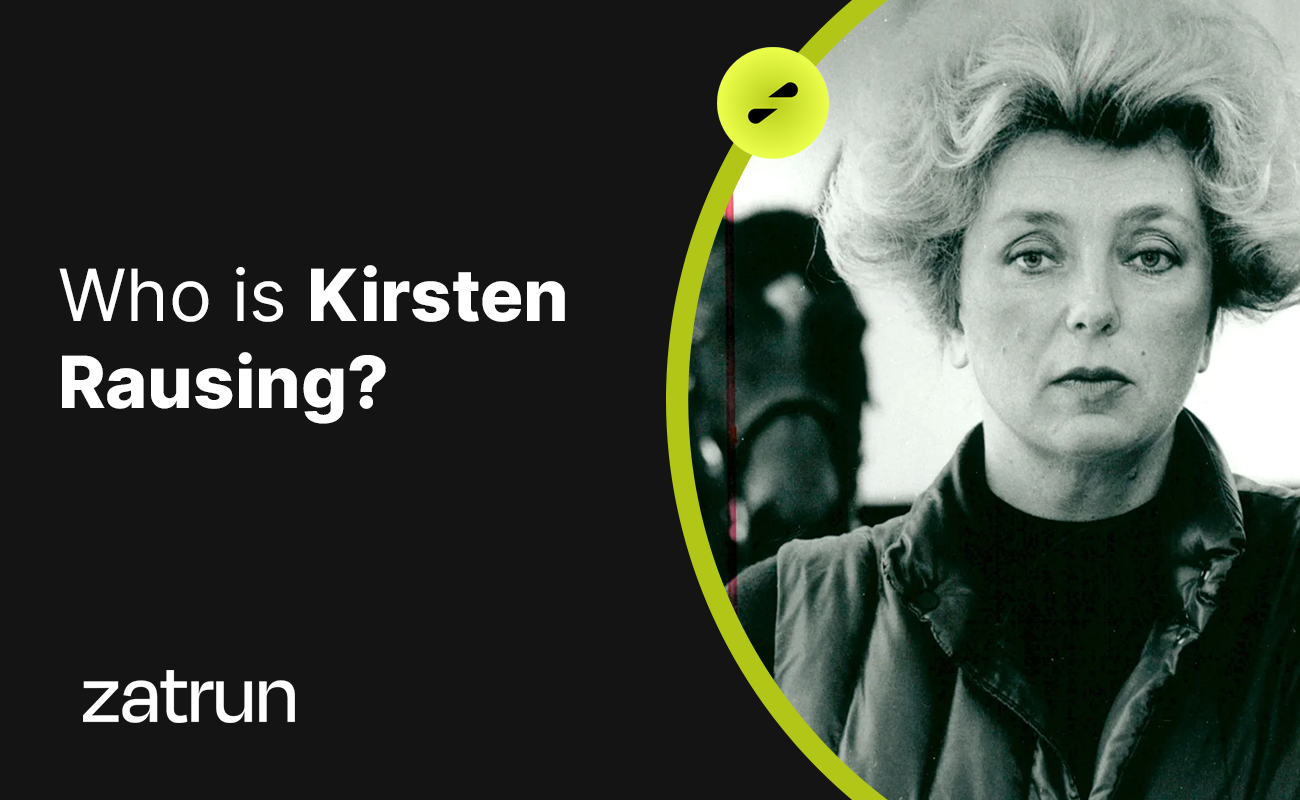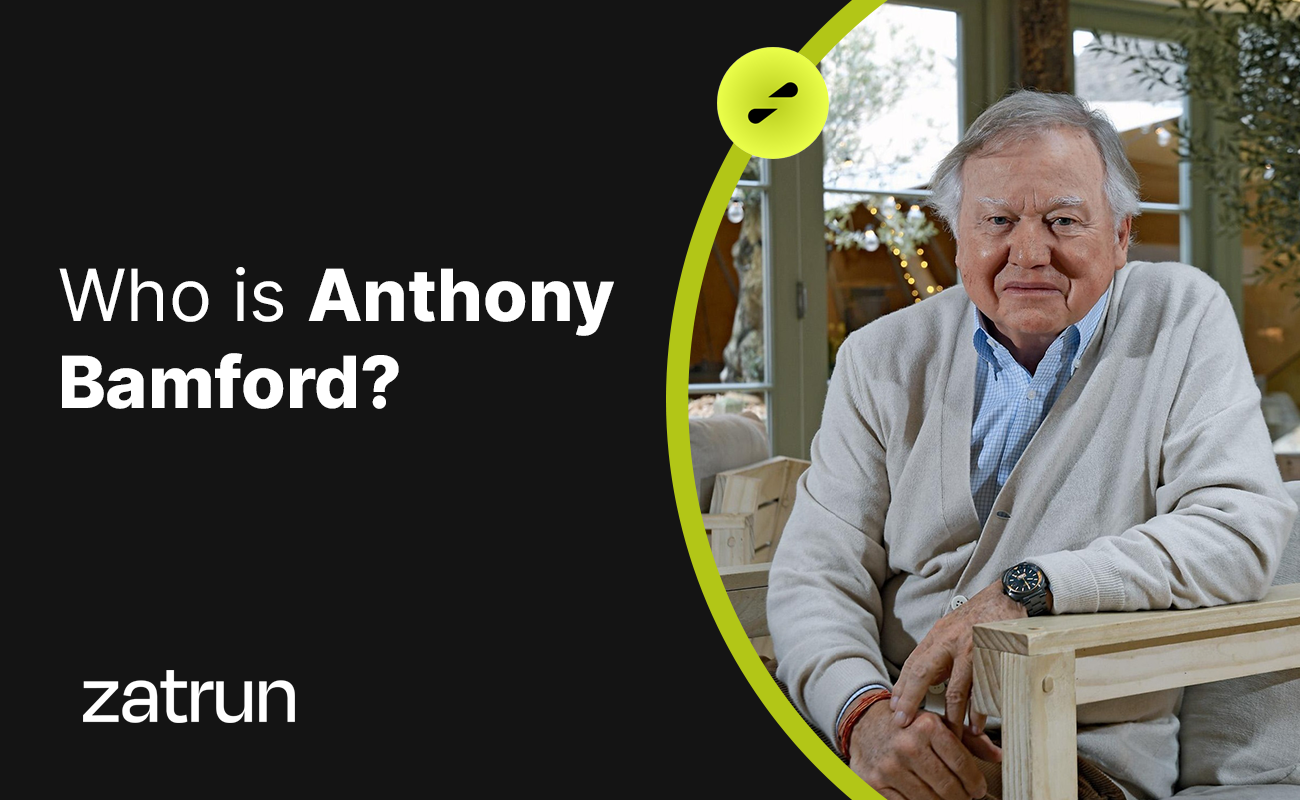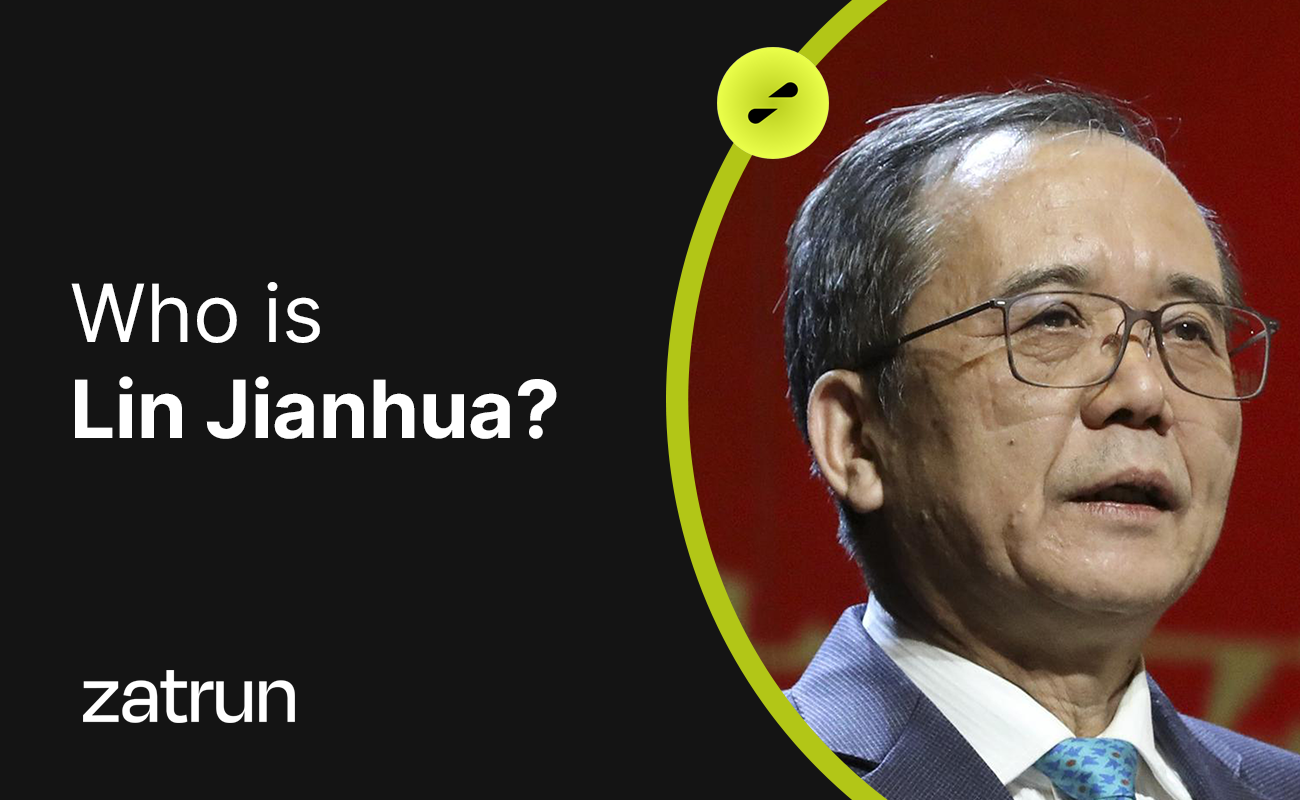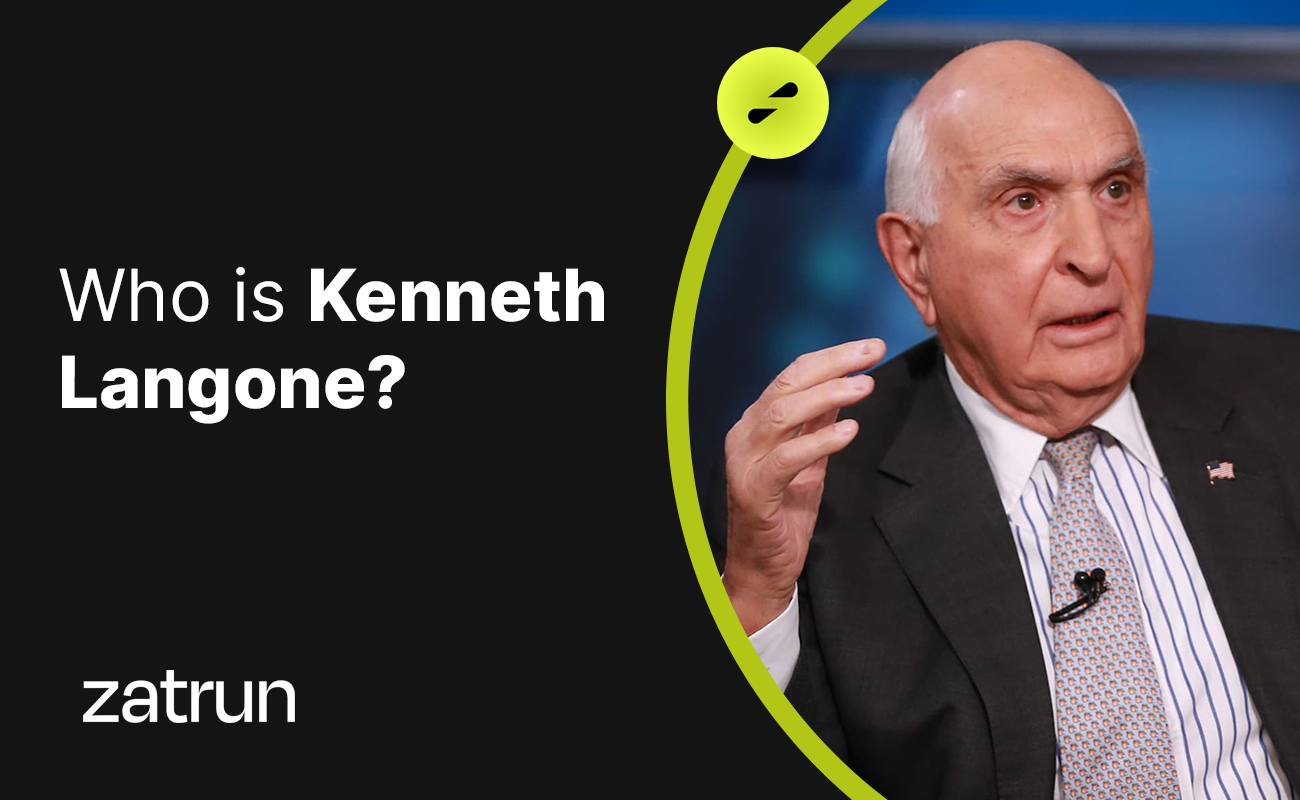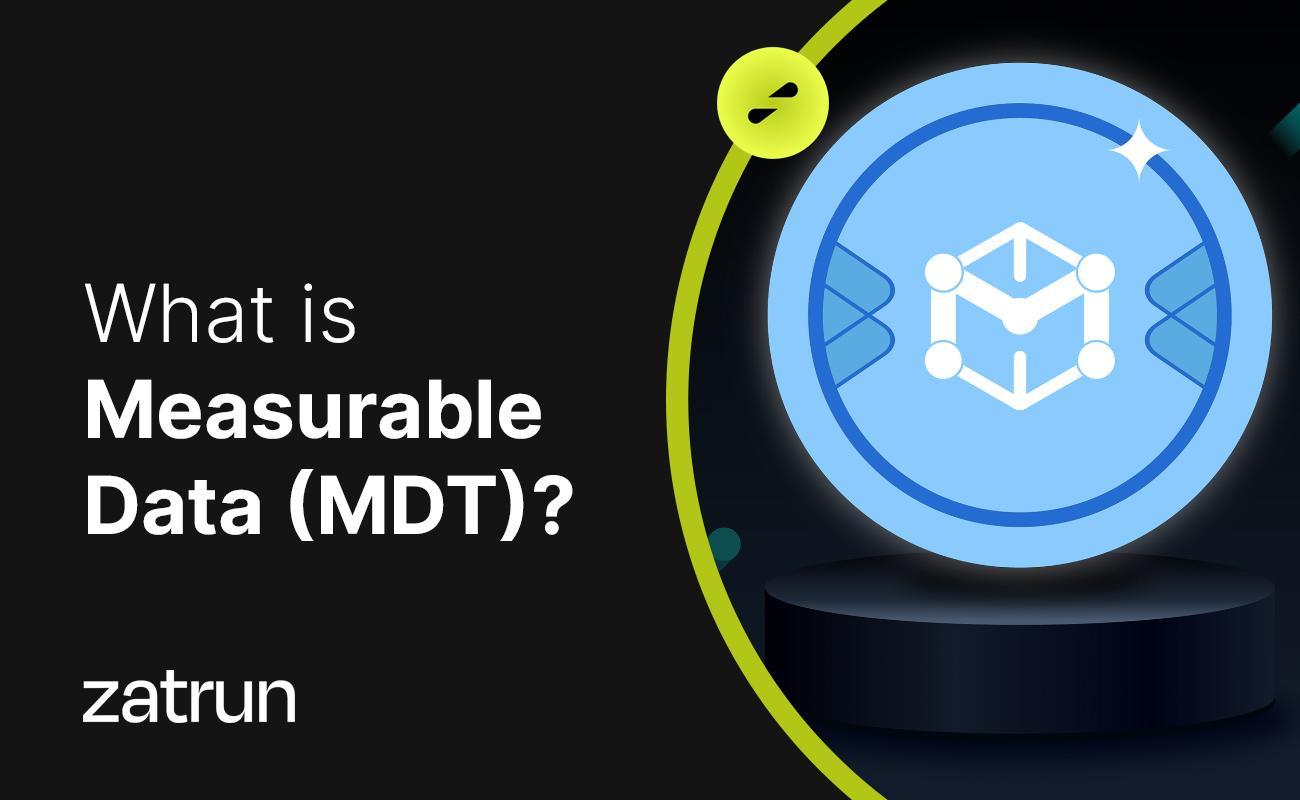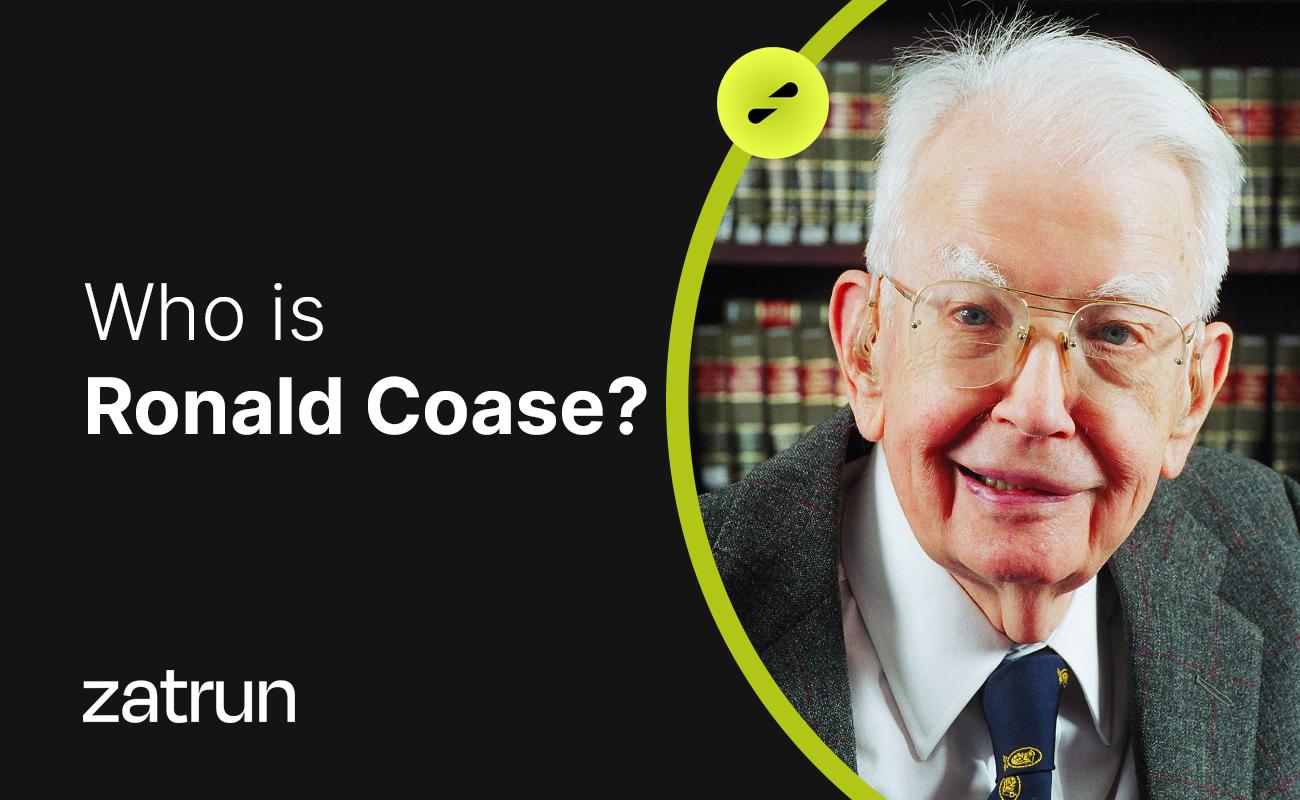Decentralised finance (DeFi) empowers platforms through liquidity via blockchain ecosystems and protocols. Currently, lending is the essential element in DeFi that provides liquidity. Users fuel DeFi by lending their cryptocurrency. However, this seems insufficient since asset liquidity remains one of the significant challenges in the DeFi and blockchain domain. Nevertheless, Liquity claims to solve this problem.
Since the launch of LQTY coin in April 2021, Liquity has become a noteworthy example of non-traditional business models. This DeFi platform operates on the Ethereum blockchain, offering innovative lending solutions to eliminate liquidity problems for cryptocurrencies. In this article, we will explain everything investors need to know about the platform. What is Liquity, and how does it work? Keep reading this article of Zatrun.com to learn more.
What is Liquity (LQTY) and How Does It Work?
Established in 2021, Liquity works on the Ethereum blockchain, serving DeFi platforms and investors. The platform offers high liquidity for assets given as collateral against ETH, the native cryptocurrency of Ethereum, using the stablecoin asset LUSD. LUSD coin, indexed to the US dollar, can be used against the value of the primary collateral asset. Like other stablecoin platforms, the project also permits users to mint their tokens.

Liquity uses ETH as collateral to lend LUSD as debt, serving as a decentralised lending protocol on Ethereum. No interest is charged on stablecoin credit in the ecosystem. However, the minimum collateralisation ratio that can be provided is around 110%. The platform currently accepts only ETH as collateral, allowing users to borrow cryptocurrencies like LUSD without interest by offering their ETH as collateral. This way, the platform gains high asset liquidity.
Liquity allows users to borrow LUSD against their ETH without having to sell their ETH collateral. Borrowers must repay the loan in the future, and ETH is the only cryptocurrency supported as collateral by Liquity. Additionally, the project has a collateralised debt position called “Trove,” and users can close it by repaying the debt. The Stability Pool, a fund, pays off the debt of liquidated Troves, preserving the platform’s stability.
In addition, there are providers who transfer LUSD tokens to the Stability Pool, earning rewards in the form of cryptocurrency by taking advantage of any treasury liquidation. This way, the platform continues to provide security to its users when the volatility increases in the market. Also, the platform processes every transaction automatically and in a decentralised manner by advanced algorithms. These transactions can be executed independently and uncensored.

Is LQTY Token a Good Investment?
The Liquity ecosystem operates with its native token, LQTY coin, and a dollar-indexed stablecoin, LUSD. The platform therefore has a two-token mechanism, where the LUSD price is algorithmically pegged to the dollar and the token can be used as collateral against Ethereum. This innovative pricing mechanism leads to the creation of arbitrage opportunities, known as hard pegging mechanisms, for users. LUSD also uses a soft pegging mechanism to provide parity with the US dollar.
LQTY coin is a crypto asset that operates on the ERC-20 contract and is offered as a reward to stabilisers. This token serves as an incentive for early adopters and operators of the front-end interface. Users can also earn LQTY coin by depositing LUSD into the Stability Pool. LQTY can be staked independently, meaning that the more tokens one holds, the more passive crypto they earn.

Liquity is considered one of the most advanced DeFi lending protocol platforms, offering only a 110% collateralisation ratio and 0% interest rate. The protocol operates in a decentralised manner, and its lending service is 100% censorship-resistant. Additionally, the dual-token model allows for the use of both LUSD and LQTY coins. The services of this crypto lending platform work in complete harmony with the blockchain. Currently, the platform has around $3 billion in TVL, which indicates its increasing popularity.


